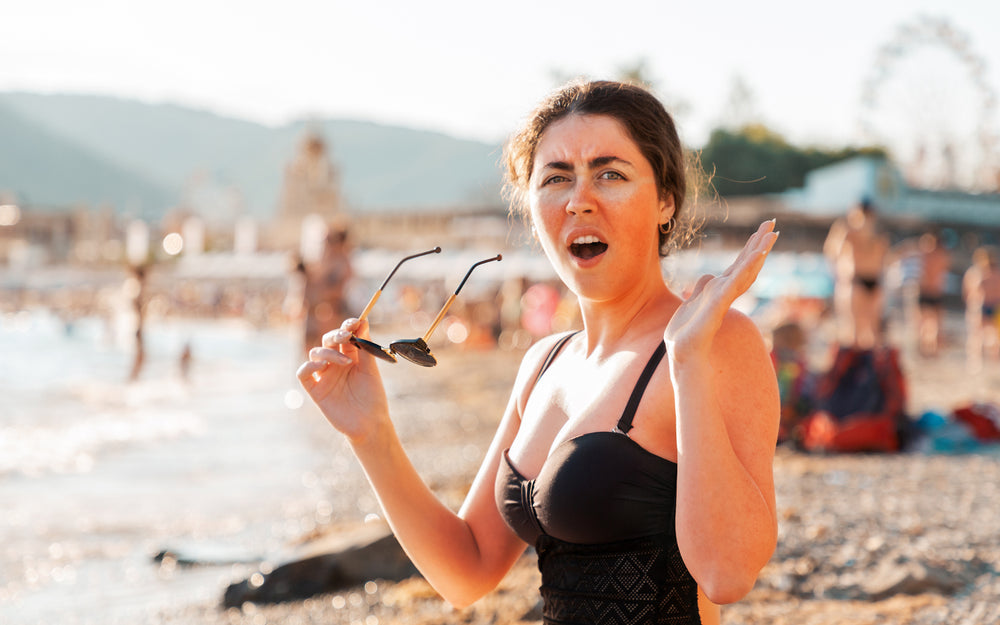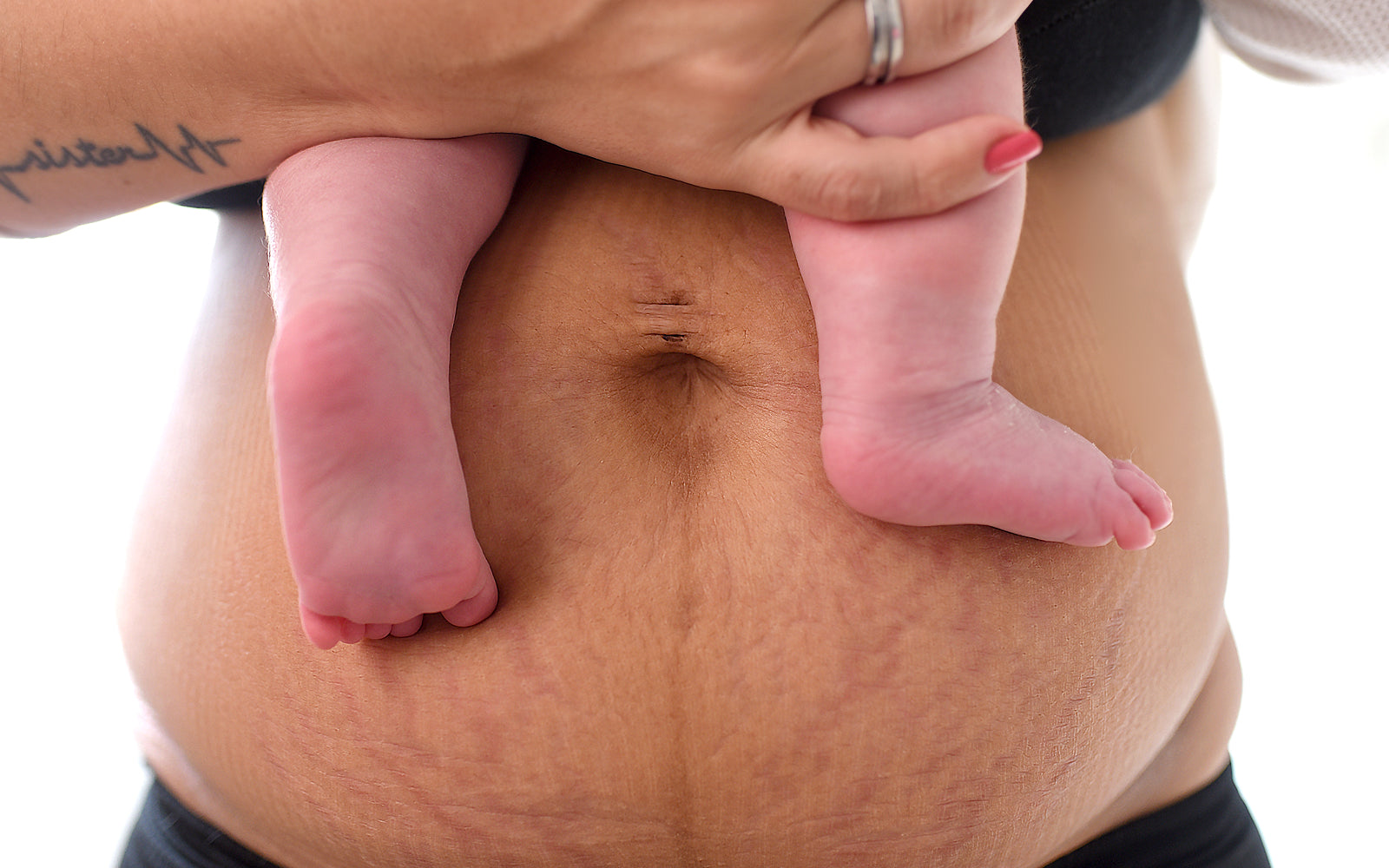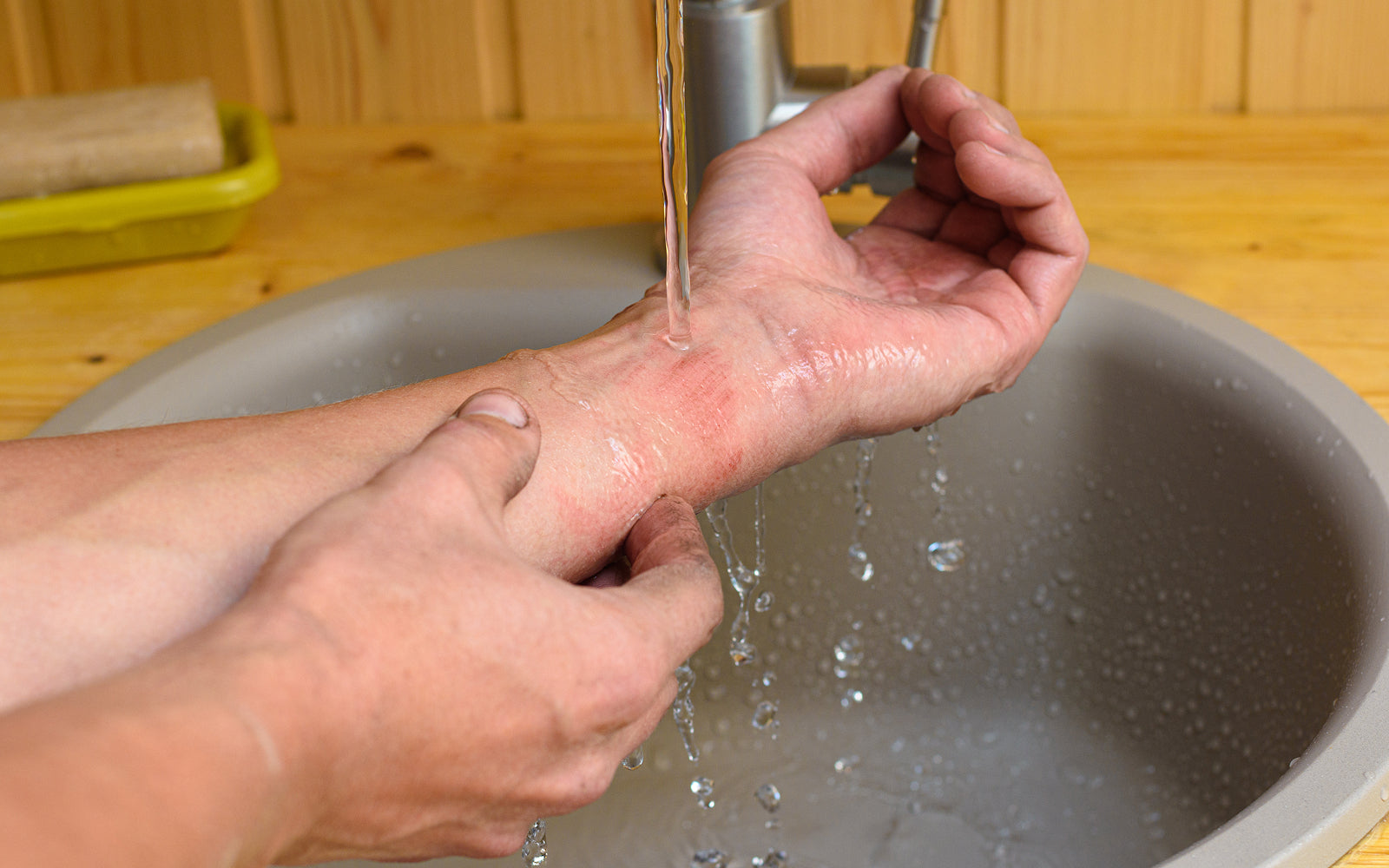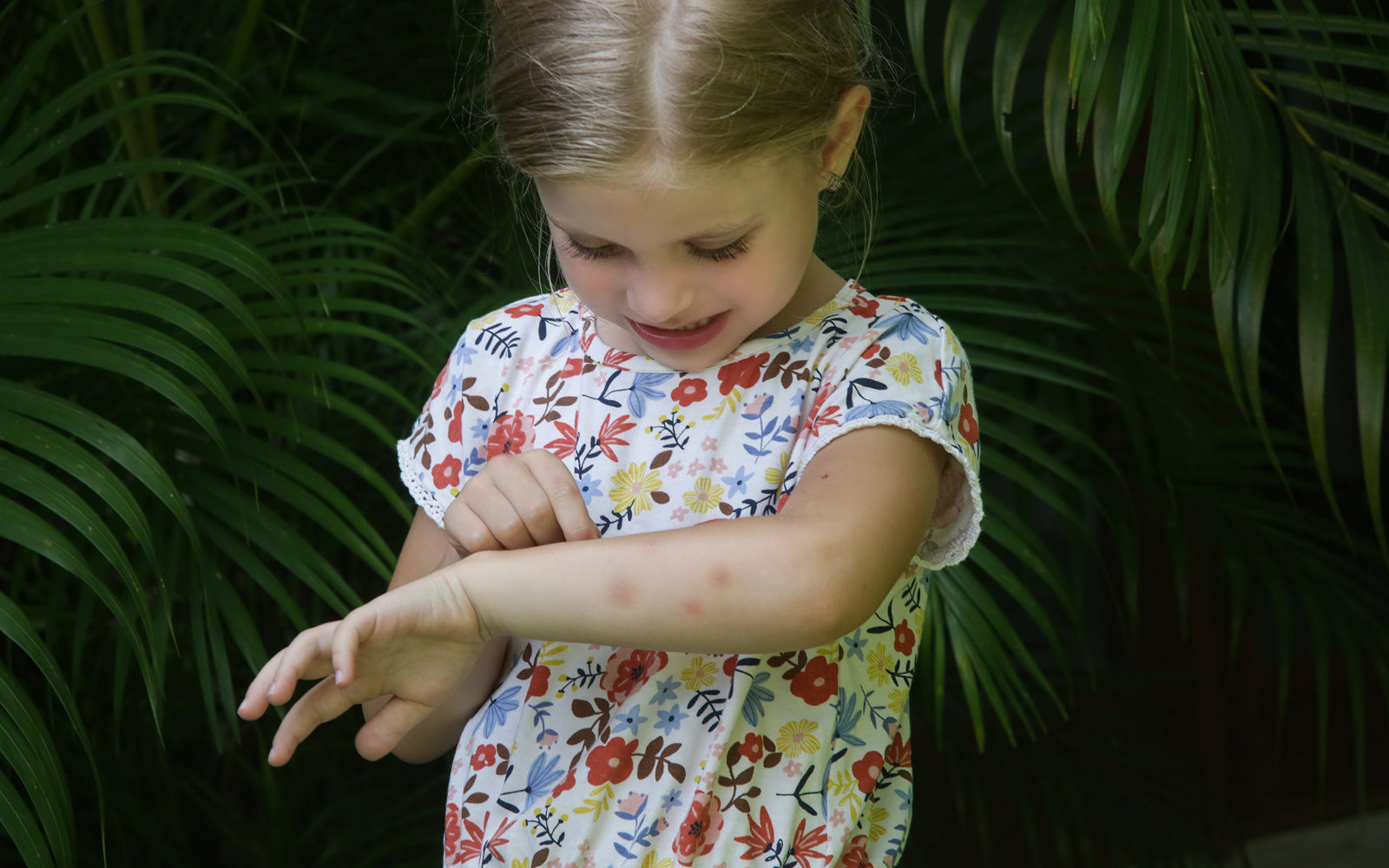
Soothe the Burn After Too Much Fun in the Sun
We’ve all been there—returning home or back to the vacation rental with skin a shade we call Lobster Red. Maybe we didn’t realize we’d be in sun all day or forgot to reapply sunscreen after a dip in the pool or ocean. Even worse, maybe we didn’t know that a new medication or a new skin serum we used caused increased sensitivity to the sun.
No shame here. It can happen to anyone. Let’s just focus on solutions, like how to treat sunburn fast so we can get soothing relief before the pain and fever set in.
How to Relieve Sunburn Fast
As soon as you notice your skin turning red, cover up and get out of the sun and heat as soon as you can. If you’re stuck out on the ocean or at an all-day event, see if organizers or friends have any first aid supplies with them.
For example, spraying on Dermoplast® Pain, Burn & Itch Spray can bring instant relief without needing to rub in on you’re already hurting skin. It contains benzocaine to relieve pain and menthol and aloe vera gel to soothe and refresh. If you don’t have spray handy, gently apply aloe vera gel or an after-sun lotion that contains aloe vera can help cool and soothe your skin until you get back to your home, rental or hotel room.
It's also important to hydrate with plenty of water or a balanced electrolyte drink so you don’t become dehydrated.
How to Care for Sunburn Until It Heals
While the heat and pain of sunburn may make the thought of ice tempting, do not apply ice packs. Instead dip a towel in cool water and use that as a cool compress. Depending on the severity of your sunburn, you could be in pain for one to three days at least. So, here are some tips for treating mild to moderate sunburn (no blisters) at home.
Take cool baths or showers only. If your skin is really red, especially on the shoulders or back where water would hit, a shower can be painful, so you might want to take baths for a few days instead. Hot water can make inflamed skin worse and potentially even cause more skin damage, so keep the water cool. Treat skin gently, no scrubbing or rubbing. Pat yourself dry with a soft towel.
Moisturize after bathing or being wet. Sunburn is skin damage, so you want to help the skin heal by keeping it moisturized. On any areas that are still painful to touch or are starting to itch, but aren’t blistered or peeling, you can spray Dermoplast Pain, Burn & Itch Spray for relief.
Stay out of the sun and heat. If you have to be outside, cover up any exposed skin. Wear a hat and a long-sleeved shirt and long pants that are loose fitting. Stay in the shade as much as possible.
Stay hydrated. A sunburn increases your risk of dehydration, so you’ll want to hydrate more than usual. Drink plenty of water and non-alcoholic fluids to help cool and rehydrate your skin from within.
Take pain relievers as needed. Ibuprofen or acetaminophen can help relieve pain and swelling, as well as reduce a sunburn-related fever.
Don’t peel your skin. As damaged skin begins to peel, flake off and itch, please resist the temptation to pull skin off with your fingers. With new skin emerging underneath, you’ll want to moisturize with a gentle product and possibly use an over-the-counter antihistamine or cool compresses to relieve your discomfort.
How to Treat Sun Poisoning
A mild to moderate sunburn results in redness that leaves your skin painful and hot to touch. These symptoms typically last up to three days and then start to fade.
A severe sunburn or sun poisoning has the same symptoms plus blisters, swelling, severe pain and fever. You may also suffer from a rash, headache, nausea and vomiting. With a severe sunburn, you’re more at risk of dehydration and skin infection.
If you have blisters, be gentle with them and do not pop them. Let them rupture naturally on their own and then apply a thin layer of petrolatum jelly over them to protect the skin and help it heal.
When you should have a doctor treat your sunburn
Sun poisoning is no joke. You can treat it at home, but if you have severe symptoms—fever and chills, a bad headache, vomiting or bright red, oozing skin and blisters—you’ll want to see a doctor right away. The symptoms often get worse before they get better.
The doctor will be able to give you antibacterial wound cream so your blisters don’t get infected, stronger doses of pain relieving medications, and antibiotics if you already have a skin infection or are more at risk of infection. Plus, if you have any other health conditions that could affect your skin’s ability to heal, call your doctor right away if you have a severe sunburn.
Don’t Be Too Hard on Yourself
Remember, a sunburn is an actual burn, so don’t feel bad about seeking treatment. With a severe burn, your doctor can likely give you more relief than you could give yourself treating the sunburn at home.
Damage from repeated sunburns can not only speed up aging but can also increase your risk of getting skin cancer. You don’t even have to have a severe sunburn for this to be true.
In addition to protecting your skin from the sun when you’re outside, one of the best steps you can take to help take care of your skin is to see a dermatologist at least once a year. If you’ve had multiple sunburns or even one really bad one, make an appointment for a full skin check today.


